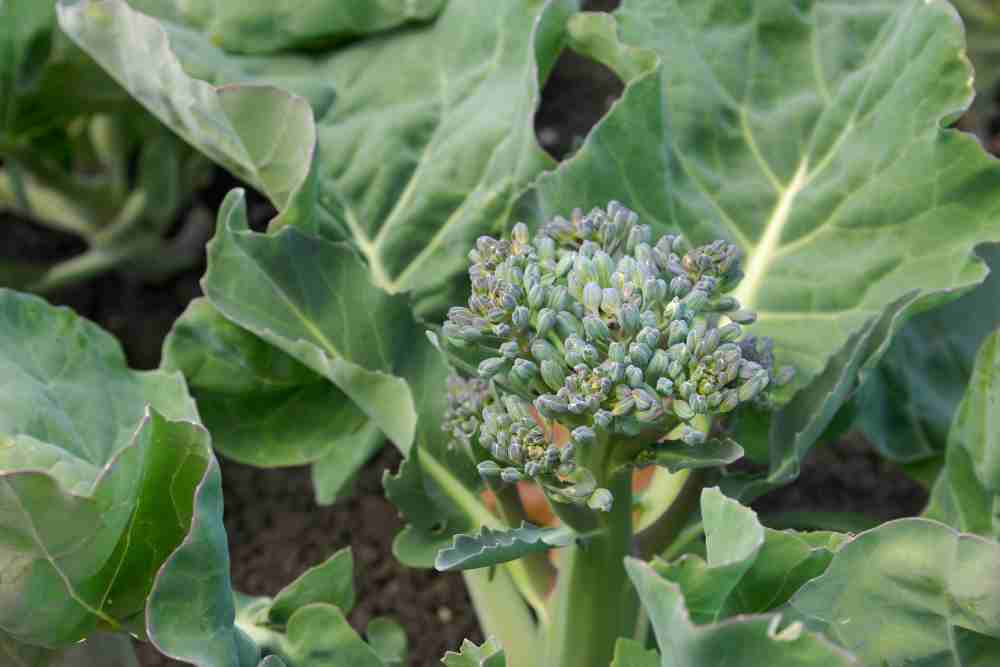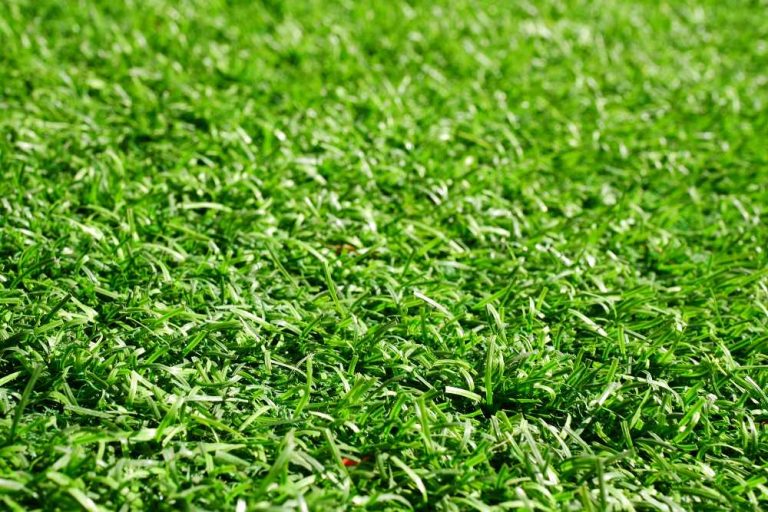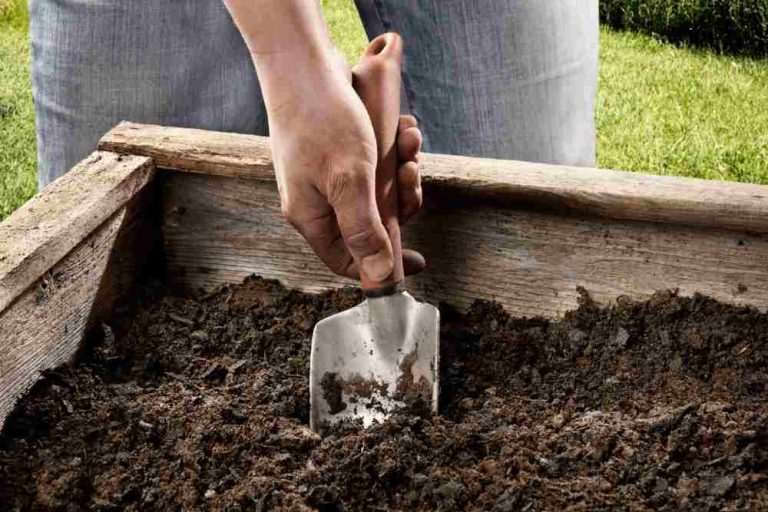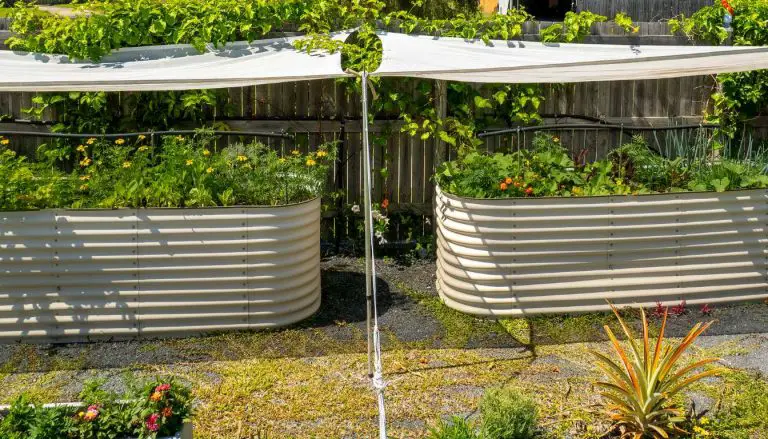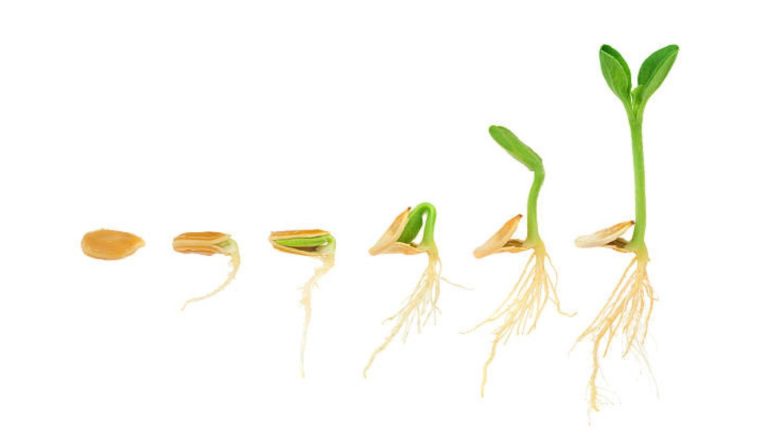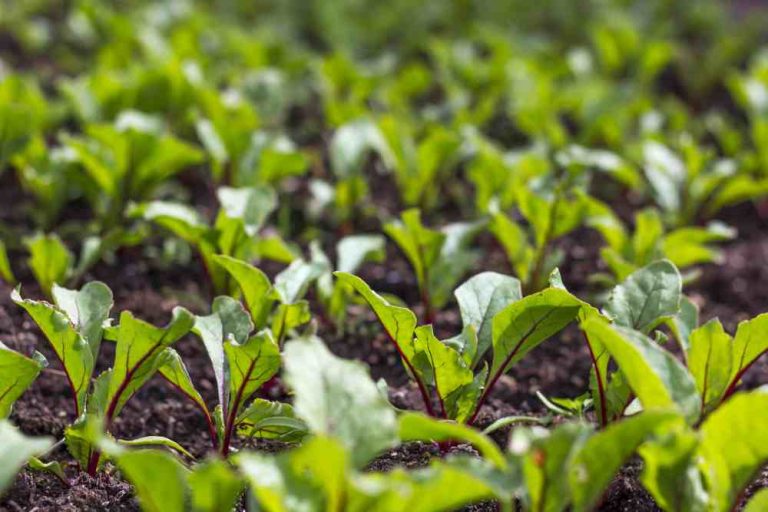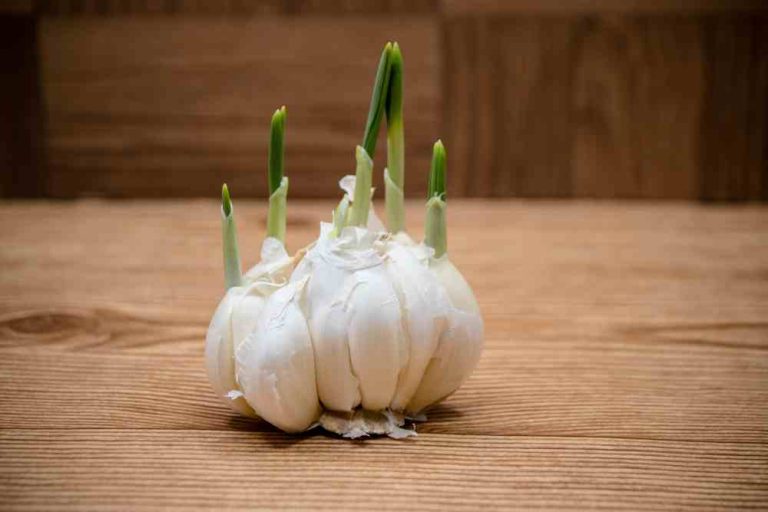Tips for Growing Broccoli: A Comprehensive Guide for a Bountiful Harvest
Broccoli is a nutrient-rich vegetable that can be used in a variety of ways. It can be eaten fresh, used in stir-fry, soup, and pasta, or rice-based starters. Also, growing broccoli is not difficult as long as you follow some simple tips for growing broccoli.
As a fresh seasonal plant, knowing when to plant broccoli is key. If you want to harvest broccoli plants in the middle of summer, it is best to start broccoli within 6 to 8 weeks before the last frost date. When growing broccoli sow seeds up to ½ inches (6 to 13 mm) deep in a quality seed mixture or in soil pellets. As a rule, broccoli seeds germinate within 4 to 7 days when ambient temperatures remain between 7 and 29 ° C. For an autumn crop, broccoli can be sown directly in the garden in the middle of summer.
Where To Grow Broccoli
Broccoli grows best in full sun and where the soil is slightly acidic – with a pH between 6.0 and 6.8 – fertile, well-drained, but always moist and rich in organic matter. Proper pH and organic matter help ensure that nutrients, especially essential micronutrients such as boron, are readily available. A boron deficiency can affect broccoli to develop hollow stems, but adding too much is toxic to plants, so a soil test is essential.
Tips For Growing Broccoli In Your Garden
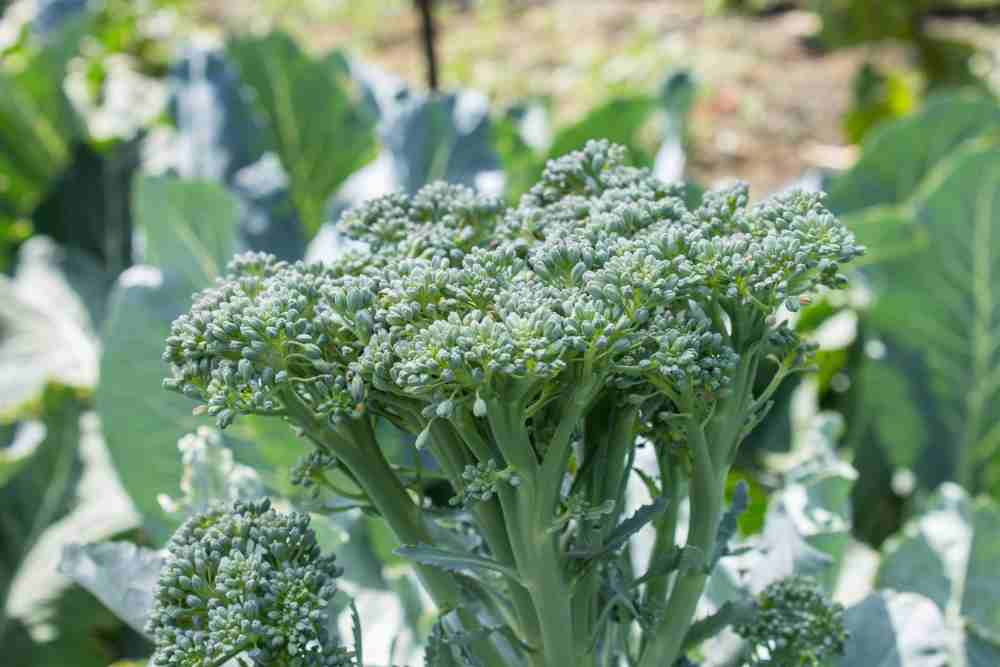
When growing broccoli seedlings indoors, be sure to provide plenty of light to prevent the plants from becoming legumes. If long stems develop, try to rest the seedlings deeper (down to the first few leaves) and then provide more light. Wait until the frost-free time arrives before transplanting spring seedlings into the garden. Be sure to harden the plants by gradually exposing the broccoli seedlings to direct sunlight and wind. Providing more space between plants encourages larger central heads.
Planting
Broccoli is a crop that makes for cool weather – it needs cooler air and soil temperatures to germinate and grow. Most people plant broccoli in late winter or early spring to harvest in the summer.
After planting broccoli seeds, keep the soil moist at all times. Viable seeds, that is, seeds capable of germinating, contain reserves of embryo and food within the protective seed layer. After sowing broccoli seeds, regardless of whether you start seeding indoors or sowing directly in the ground, you can expect germination in about ten to fourteen days, which is normal for most garden vegetables.
Germination
The appearance of the radicle, also known as the primary root, through the seed layer is the first step in germination. The job of the radicle as the first emerging root is to anchor broccoli seedlings in the ground, keeping the plants upright. Once the radicle emerges, it begins to absorb moisture and nutrients from the soil to boost plant growth.
Sprouting
After the radicle begins to absorb moisture and nutrients from the soil, the first bud develops and emerges from the seed. Natural gravitational forces direct the bud to grow upward, pushing it across the ground, and reaching the sun.
First True Leaf Forms
During this time, plant growth is relatively slow as broccoli has few resources to extract. The newly germinated seedling still depends on the internal food stores of the endosperm to feed all its metabolic processes, but these stores are declining.
During this time, plant growth is relatively slow as broccoli has few resources to extract. The newly germinated seedling still depends on the internal food stores of the endosperm to feed all its metabolic processes, but these stores are declining. The first true leaf appears as a smaller version of the mature foliage of the plant. Photosynthesis begins and the broccoli seedling can produce its own food.
Third True Leaf Forms
With the ability of photosynthesis, the growth of the broccoli plant responds at a faster rate. Plant growth hormones found within newly developed and undifferentiated seedling cells work together in excess to develop new leaves, including the third set of true leaves.
Vegetative Growth Continues
With the root system developed and many leaves for photosynthesis, the focus of the broccoli plant now shifts to upward and outward growth. This stage of growth between germination and flowering is known as the vegetative phase of plant development.
Main Broccoli Head Forms
Most of the planters are unaware of this, but the edible part of a broccoli plant is really a flower head harvested before it blooms. For the plant to produce the main head, vegetative growth slows down to almost a halt; all plant resources are directed to form the main head of the flower sitting on the broccoli stem.
Harvesting
It is time to pick the broccoli once the central head is fully developed, but before the individual green buds open and show small yellow flowers. At this time, the main head is tight and compact, and the florets are of a deep, vibrant green color.
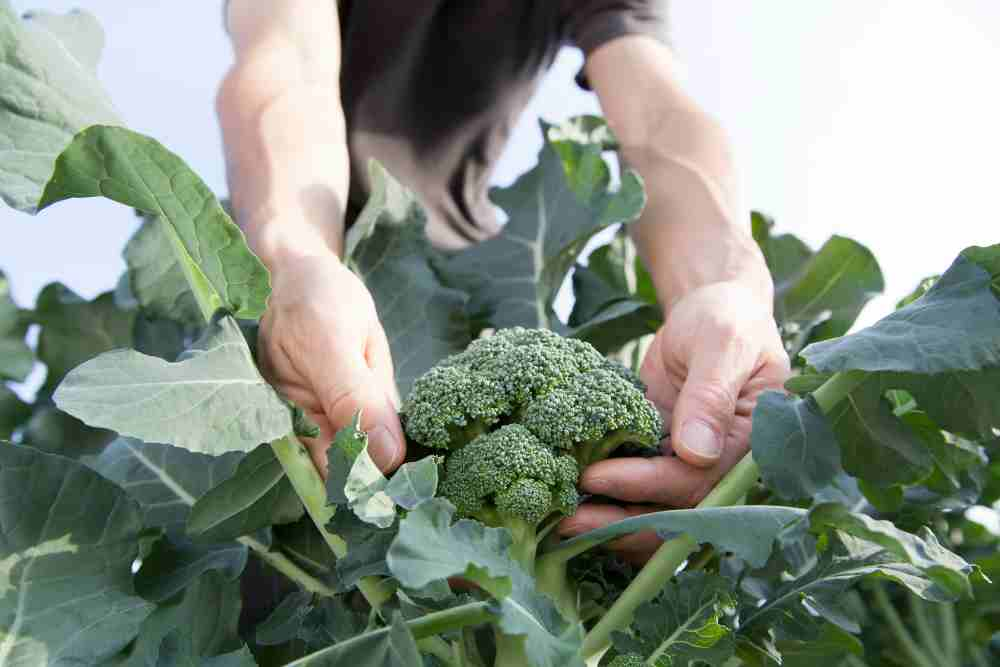
Flower Open
When soil temperatures begin to rise, plant hormones cause cells to lengthen or stretch. The florets quickly become tall or leggy. This process occurs when the plant nears the end of its life cycle in an attempt to sow.
The green buds that reveal yellow flowers open. In many home gardens, the life cycle stops here and gardeners pull plants out of the ground. However, if the plants are allowed to grow in the garden bed, follow the next steps until they reach full maturity. Pollination of bright yellow flowers causes seeds to form in the seed pods, as carriers of the plant’s genetic information.
Protect Against Pests
Row covers provide some protection against pest insects, but the best protection is to grow healthy plants, and that starts with healthy soil. Insect pests are generally less common in the fall than in the spring.
Common Pest and Diseases
Alternate Leaf Spot
The lesions can be round or angular, depending on the veins of the leaves and the shape and location of the infection. Some lesions may develop a purple or black border. Small dark spots on the leaves that turn brown to gray; lesions may be round or angular and may have a black-purple margin; the lesions may form concentric rings, become brittle, and crack in the center.
Black Rot
Yellow areas are extinguished irregularly along the margins of the leaves that expand to the middle nerve of the leaves and create a characteristic “V” -shaped lesion; the lesions may join along the edge of the leaf to give the plant a scorched appearance.
Clubroot
Slow-growing retarded plants; yellowish leaves that wither during the day and rejuvenate in part at night; swollen and distorted roots; extensive gall formation.
Powdery Mildew
Small white spots on the surfaces of the upper and lower leaves may also show purple spots; the spots fuse to form a dense layer of powder that covers the leaves; the leaves become chlorotic and fall from the plant.
Diamond Moth
The young larvae feed between the surface of the upper and lower leaf and may be visible when they emerge from small holes at the bottom of the leaf; the older larvae leave large holes irregularly on the underside of the leaves
Beetle
Small holes or wells in the leaves give the foliage a characteristic “pothole” appearance; young plants and seedlings are particularly susceptible; plant growth can be reduced.
- 20+ Chic Boho Bedroom Ideas for a Cozy and Stylish Retreat - June 20, 2024
- 12+ Modern Boho Living Room Ideas to Create a Unique Oasis - June 10, 2024
- 10 Stunning Canopy Bed Ideas for a Dreamy Escape - May 16, 2024

